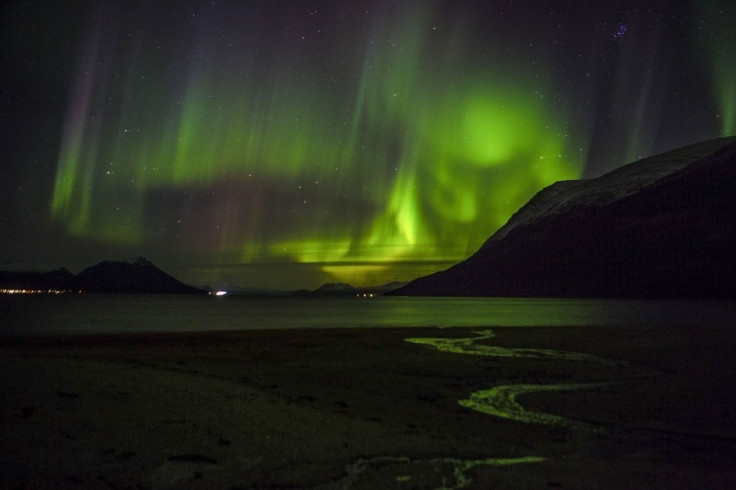Northern lights 2015: What are the best places to see the aurora borealis in the UK?

The dancing lights of the aurora borealis are most commonly spotted over the Arctic Circle in areas such as Scandinavia, Canada and Alaska, but stargazers in the UK have recently been treated to this spectacular display. Clear skies across northern parts of Britain have led to fantastic views of the northern lights, the result of solar particle activity in space.
Over the next few weeks, the lights will be more visible over Britain as the Earth moves into a new alignment with the Sun. For the best chance of seeing the aurora borealis, head to higher areas such as Northern England, Scotland, Northern Ireland and North Wales. Clear skies, good weather and low light pollution are key for the best chance of seeing the spectacle, which should be visible for the next few weeks.
Where can I see the northern lights in the UK?
Northumberland has been named as one of the areas most likely to see the light show, with many sightings having already taken place over the past week.
Northern Scotland is one of the best place to see the northern lights, around the northern isles and around the Caithness coast and the Orkney Isles. Shetland and the Outer Hebrides are also prime spots to view the display, as they have low light pollution. Spectacular photos of the aurora borealis have been taken in Gamrie Bay in Aberdeenshire.
The Isle of Man and the Isle of Lewis have also been treated to views of the lights. Areas of North Wales have an increased likelihood of seeing the northern lights over the coming weeks, as has Northern Ireland. Good views have been reported from the Giants Causeway.
North Yorkshire is a good location to see the lights and skywatchers have caught them in Swaledale. The skies are also known to shine a green glow in East Lancashire, with beautiful scenes in the area of Pendle Hill recently. The aurora borealis has also been spotted over Greater Manchester.
Aurora over Glasgow - a slightly shaky hand-held view from my kitchen pic.twitter.com/kgsFqGFsiy
— Iain Hannah (@sciigh) October 7, 2015Why can we see the aurora borealis?
Our chances of spotting the northern lights have improved due to a combination of different factors, the effect of a "coronal hole" near the Sun's equator, which had aligned with Earth and was buffeting Earth with high-speed solar winds, and the time of year – as well as clear skies.
A Met Office spokesman said: "We are now in a period, lasting a few weeks, where these two factors are working together to increase the chances of geomagnetic disturbances, which in turn bring with them the aurora.
"The strength of the disturbance directly relates to how far south the aurora is visible, or how far north if you are in the southern hemisphere, and of course you need clear skies to see it.
"The season of the year has an influence. The science behind this is not fully understood, but the two equinoctial periods in spring and autumn tend to produce an increase in aurora compared with winter and summer."
The lights are the result of collisions between gaseous particles in the Earth's atmosphere with charged particles released from the Sun's atmosphere. Different colours are produced depending on the type of gas particles colliding, but the most common – green – is the result of oxygen molecules located around 60 miles above our planet.
© Copyright IBTimes 2025. All rights reserved.




















